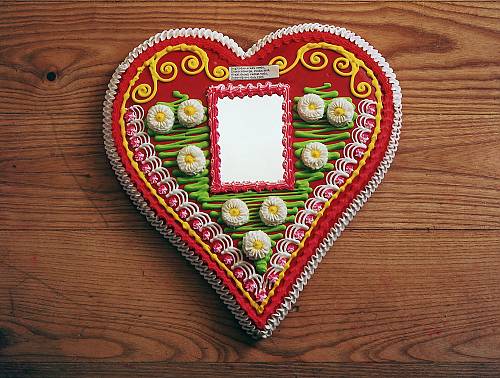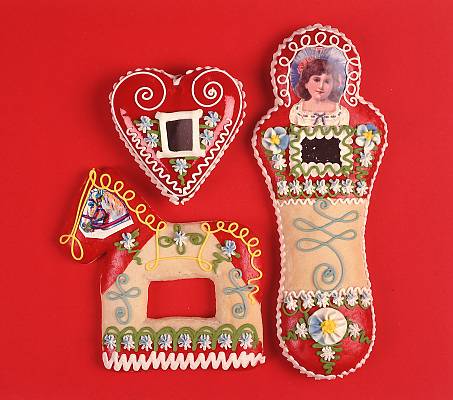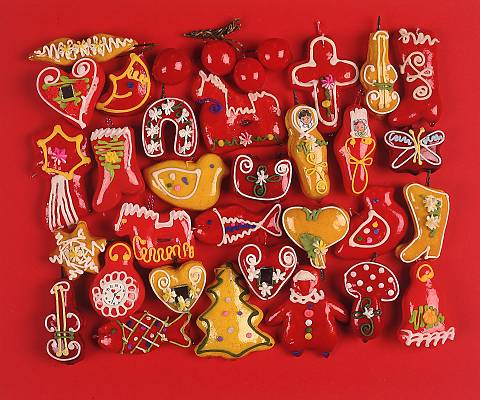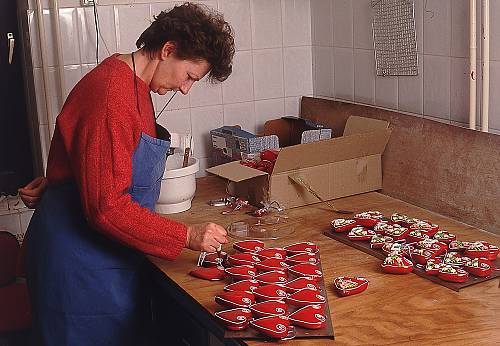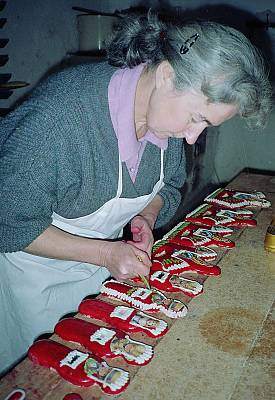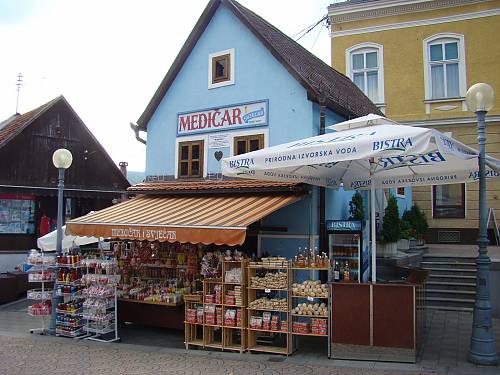Gingerbread craft from Northern Croatia
Inscribed in 2010 (5.COM) on the Representative List of the Intangible Cultural Heritage of Humanity
The tradition of gingerbread making appeared in certain European monasteries during the Middle Ages and came to Croatia where it became a craft. Gingerbread craftspeople, who also made honey and candles, worked in the area of Northern Croatia. The process of making gingerbread requires skill and speed. The recipe is the same for all makers, utilizing flour, sugar, water and baking soda – plus the obligatory spices. The gingerbread is shaped into moulds, baked, dried and painted with edible colours. Each craftsperson decorates gingerbread in a specific way, often with pictures, small mirrors and verses or messages. The gingerbread heart is the most common motif, and is frequently prepared for marriages, decorated with the newlyweds’ names and wedding date. Each gingerbread maker operates within a certain area without interfering with that of another craftsperson. The craft has been passed on from one generation to another for centuries, initially to men, but now to both men and women. Gingerbread has become one of the most recognizable symbols of Croatian identity. Today, gingerbread makers are essential participants in local festivities, events and gatherings, providing the local people with a sense of identity and continuity.

